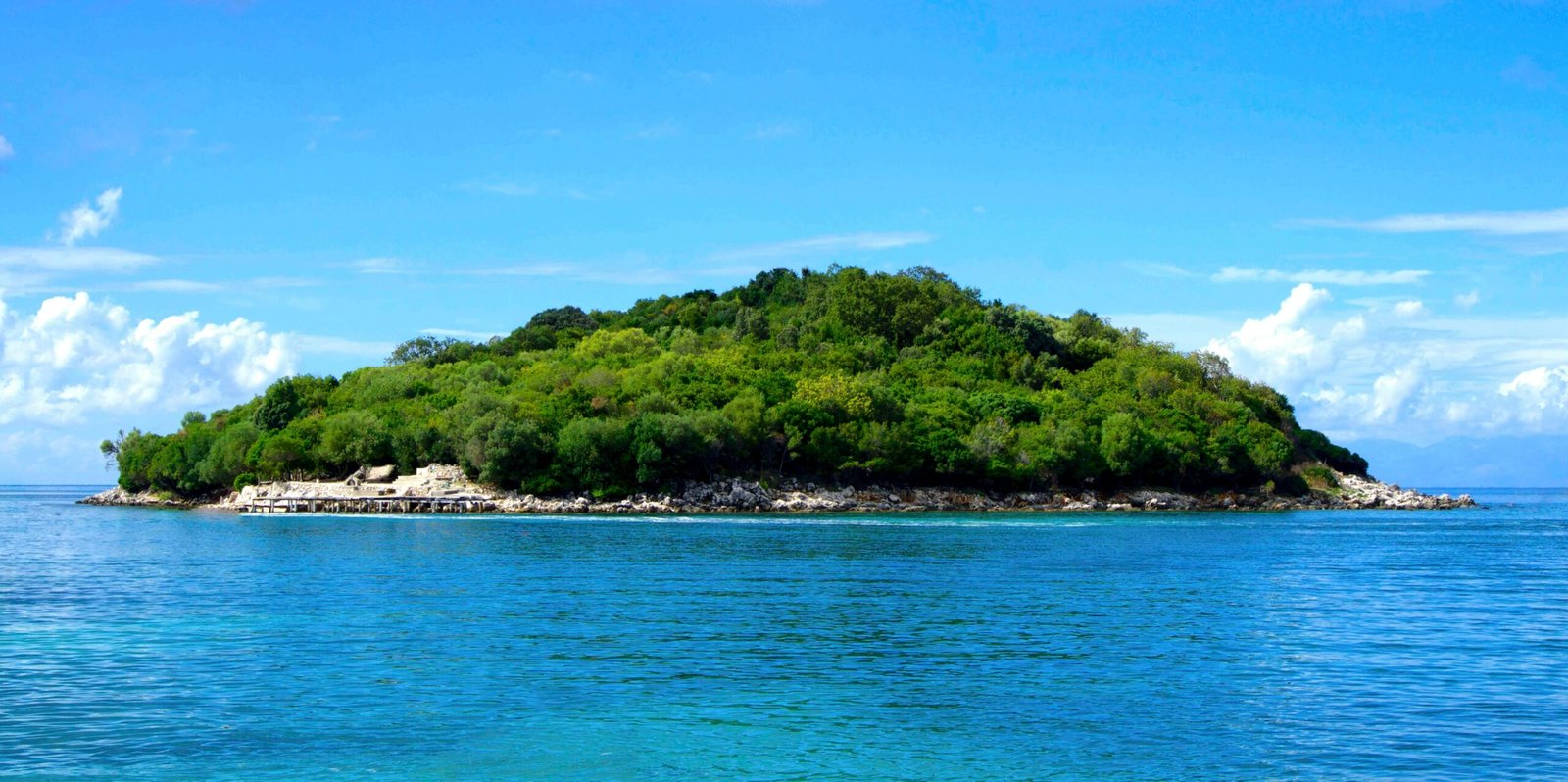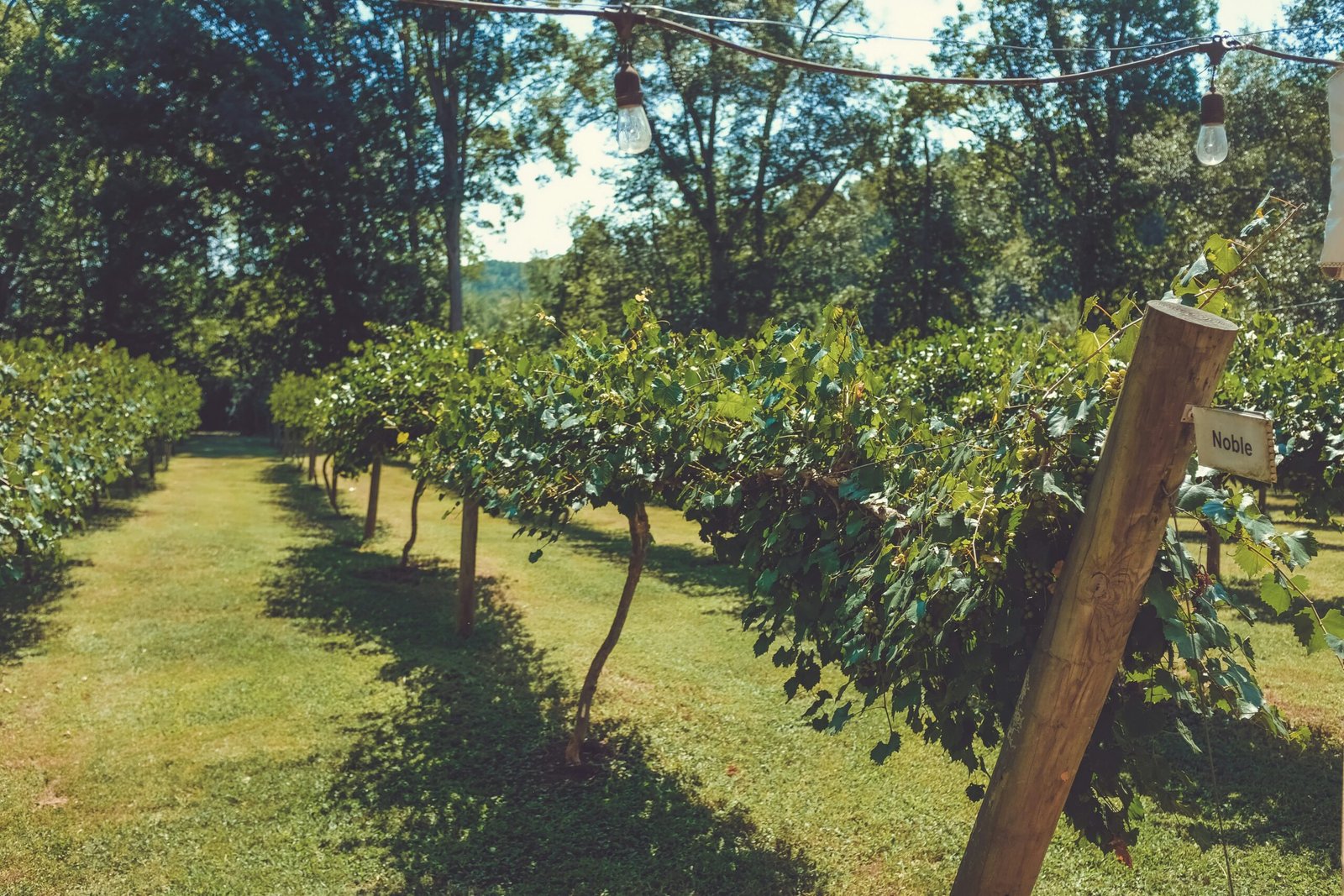Understanding Agritourism and its Potential in Guam
Agritourism, the practice of integrating agricultural activities with tourism, offers a unique and immersive experience for visitors while simultaneously promoting local development. By incorporating farm visits, agricultural demonstrations, and hands-on activities, agritourism provides tourists with an opportunity to engage directly with the local farming culture. This niche form of tourism is particularly relevant for Guam as it seeks to restore and increase visitor numbers in the wake of the COVID-19 pandemic.
The primary source markets for tourism in Guam are Korea and Japan. Targeting these groups through agritourism can be a strategic move to revive the tourism sector. With a strong tradition of agritourism in both countries, Korean and Japanese tourists are likely to appreciate and seek out these experiences. By offering customized and culturally relevant agritourism packages, Guam can appeal to these visitors, thus revitalizing the tourism industry while fostering a deeper cultural exchange.
Beyond its appeal to international visitors, agritourism also holds significant benefits for the local community. One of the key advantages is workforce development. Agritourism initiatives require a range of skills and services, from farm management to hospitality, thereby creating diversified job opportunities for residents. Additionally, it can enhance food security by promoting sustainable agricultural practices and local food production. As visitors engage with local farms, the demand for locally produced goods can rise, encouraging farmers to increase yield and adopt sustainable methods.
Overall, the potential of agritourism in Guam is substantial. It offers a pathway to reinvigorate the tourism sector while simultaneously advancing local economic development. By focusing on its primary source markets and leveraging the advantages of agritourism, Guam stands to benefit significantly in both the short and long term.
Identifying Agritourism Opportunities: Key Agricultural Sites on Guam
When considering the potential for agritourism on Guam, the first step involves identifying key agricultural sites that not only have the essentials to attract visitors but also possess the capacity for sustained tourism activities. Selection criteria for these sites must focus on several core elements, including accessibility, existing infrastructure, and the diversity of agricultural products and activities offered.
Accessibility is paramount for any potential agritourism site. This means not only physical access but also proximity to popular tourist routes and accommodations. Sites located near Guahan’s central locales such as Hagåtña or Tumon Bay, which are hubs of tourist activity, are more likely to attract a steady flow of visitors. Efficient transport links, clear signage, and ample parking facilities can significantly enhance accessibility.
Existing infrastructure is another critical criterion. Agritourism sites should have the foundational amenities such as restrooms, dining areas, and shelters to accommodate tourists comfortably. Additionally, facilities that cater to diverse activities like guided tours, workshops, and hands-on farming experiences can enrich the visitor experience. Investment in safety measures, such as well-maintained paths and protective gear, ensures a secure environment for tourists.
The variety of agricultural products and activities is crucial in showcasing Guam’s rich agricultural heritage. Farms producing tropical fruits, vegetables, herbs, or traditional Chamorro crops provide unique opportunities for immersive experiences. A site offering activities like fruit picking, cooking demonstrations, and cultural performances can draw in visitors keen on experiencing Guam authentically. Establishing partnerships with local artisans and farmers can also help in creating a comprehensive agritourism experience.
Assessing the readiness of these sites to host tourists is a dynamic process. Necessary improvements or investments often involve both infrastructural upgrades and training programs for staff to ensure they are equipped to deliver quality tourist experiences. A model of success can be drawn from regions like Tuscany in Italy, renowned for its thriving agritourism sector. There, diversification of activities, from wine tasting to farm stays, and robust marketing strategies have transformed rural areas into major tourist draws.
By adopting such holistic approaches, Guam can effectively leverage its agricultural sites for tourism, thus fostering local economic development while offering visitors an enriching experience. Optimizing the selection and preparation of these sites lays a strong foundation for a burgeoning agritourism industry on the island.
Engaging Key Source Markets: Strategies for Attracting Tourists from Korea and Japan
Guam’s endeavor to enhance agritourism primarily involves appealing to significant source markets, including Korea and Japan. These countries remain pivotal in boosting visitor numbers due to their proximity and historical travel patterns. To effectively attract tourists from Korea and Japan, it is essential to understand their unique preferences and behaviors and to tailor Guam’s agritourism offerings accordingly.
Firstly, recognizing the cultural predilections and travel sensibilities of Korean and Japanese tourists is critical. Korean tourists often value family-oriented activities, scenic beauty, and entertainment options, while Japanese tourists traditionally seek immersive cultural experiences, historical insights, and nature-related activities. Guam’s agritourism can cater to these preferences by offering family-friendly farm visits, picturesque landscapes, farm-to-table dining experiences, and hands-on agricultural activities like fruit picking and rice planting.
Strategic marketing is vital to capturing these audiences. Guam can forge partnerships with well-established travel agencies in Korea and Japan to promote specialized agritourism packages. Incorporating these offers in established travel platforms will ensure broader visibility and trust among potential tourists. Additionally, leveraging social media campaigns can enhance Guam’s presence in these markets. Creating visually appealing and informative content on platforms popular among Korean and Japanese users can attract attention and generate interest. Collaborating with influencers and bloggers from these regions to share their agritourism experiences in Guam can further boost engagement and reach.
Furthermore, active participation in tourism fairs in Korea and Japan is indispensable. By attending events such as the Korea Travel Fair and the Japan Travel Trade Show, Guam can directly interact with target audiences and travel operators, showcasing its unique agritourism experiences. These fairs offer a platform to disseminate marketing materials, conduct face-to-face meetings, and build valuable networks that can facilitate future tourist influx.
Lastly, it is crucial to consider cultural nuances to genuinely welcome and engage tourists from Korea and Japan. This can involve providing language support, training local hosts on cultural etiquette, and ensuring that the agritourism experiences are adaptable to the cultural expectations of Korean and Japanese visitors. By showing cultural respect and understanding, Guam can create a memorable and enjoyable experience that encourages repeated visits and positive word-of-mouth promotion.
Benefits of Agritourism: Workforce Development and Food Security for Guam Residents
Agritourism in Guam presents substantial socioeconomic advantages, significantly contributing to workforce development and enhancing food security. By promoting agritourism initiatives, the island can generate diverse job opportunities, ranging from agricultural management to hospitality services, fundamentally aiding in skill enhancement for residents. This multidimensional sector can provide stable employment avenues, fostering a more robust, skilled workforce.
One of the notable benefits agritourism offers is in catalyzing workforce development. Through engaging in agritourism, individuals gain practical experiences in both agriculture and tourism. Skills in farm management, eco-tourism, and customer service become crucial assets. This sector can offer specialized training programs and workshops, helping residents to develop competencies pertinent to their job roles. Furthermore, participation in such activities encourages the development of entrepreneurial skills as locals can establish and run agritourism businesses, creating sustainable career paths.
Agritourism also significantly impacts food security in Guam by bolstering the demand for locally produced agricultural products. As tourists seek authentic experiences, the consumption and appreciation of local foods rise, nurturing a stable market for local farmers. This decline in dependency on imported goods and increased demand for local produce invigorates the agricultural sector, ensuring that farming remains a viable and profitable occupation. Enhanced food security manifests when local production can consistently meet local demand, leading to a more resilient food system.
Real-world examples underscore the positive impacts of agritourism. For instance, small-scale farms transformed into tourist attractions have seen an influx in visitors, directly benefiting from tourism revenue. These farms often provide educational tours, showcasing sustainable farming practices, and offering fresh, organic products. This not only diversifies their income sources but also promotes community engagement and environmental awareness. Potential scenarios envision a more self-reliant Guam, where agritourism stimulates local markets and supports long-term economic growth.
Overall, developing agritourism in Guam holds the promise of comprehensive benefits, reinforcing workforce capabilities and securing sustainable food sources. The holistic integration of tourism and agriculture could thus drive substantial progress, fostering a healthy, self-sufficient community aligned with Guam’s development goals.

